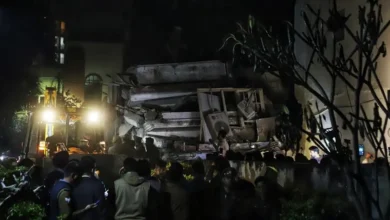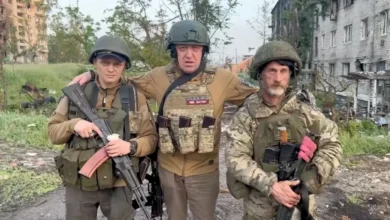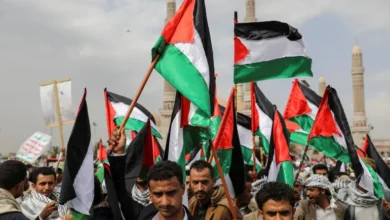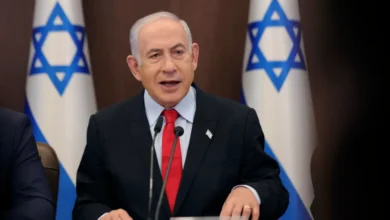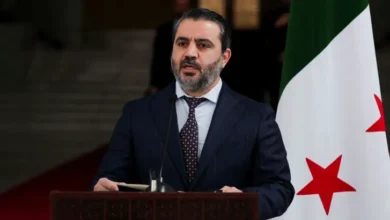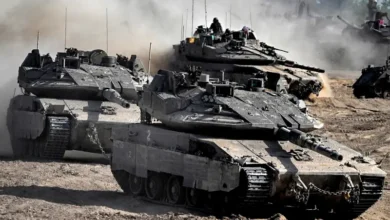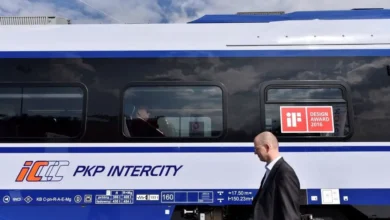The Israeli ‘General’s Plan’ for northern Gaza is unlikely to succeed
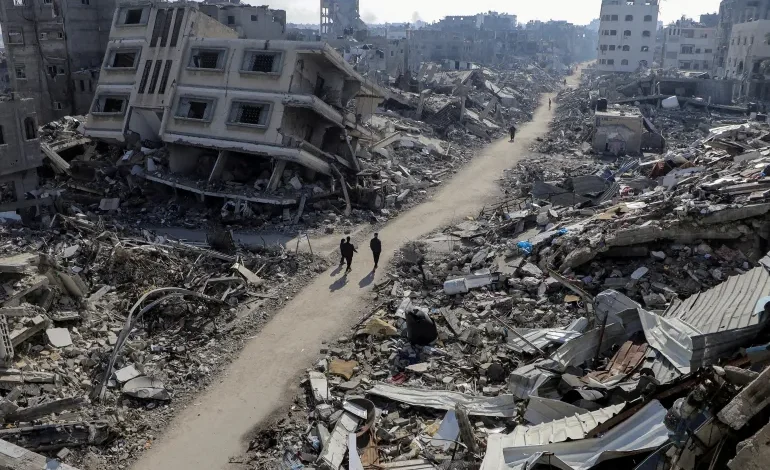
On October 5, Israel launched a ground military operation, demanding the evacuation of Palestinians residing in Beit Hanoon, Beit Lahiya, Jabalia refugee camp, and Jabalia town. It then cut off the transfer of humanitarian aid to the area, leading aid agencies to sound the alarm of imminent starvation.
The stated objective of this operation is to destroy regrouped Palestinian resistance forces in the north. However, observers have noted that this new assault may be the first stage of what Israeli media has dubbed the “General’s Plan” of ethnically cleansing northern Gaza as a form of collective punishment of Palestinians.
The plan was put forward by retired General Giora Eiland and calls for the expulsion of Palestinians from the area and the forced starvation and targeting of whoever stays behind – to be deemed “legitimate military targets”. At a session of the Knesset Foreign Affairs Defence Committee in September, Eiland reportedly said: “What matters to [Hamas leader Yahya] Sinwar is land and dignity, and with this manoeuvre, you take away both land and dignity.”
A week later, Israeli Prime Minister Benjamin Netanyahu informed members of the same committee that he was considering implementing the proposal. It is likely he hopes the plan could provide him with an opportunity to declare “victory” to save face in front of the Israeli public, given that a year into the war, his government has still not achieved its objectives of “destroying Hamas”.
However, it is doubtful Israel will have the military capacity and political space to carry out Eiland’s proposal in full.There are several reasons why Israel seeks to cut off and control the northern part of the Gaza Strip. First, it wants to separate Gaza City, the administrative centre of the Strip and the seat of political power, from the rest of the territory, thereby dismantling the physical infrastructure of Palestinian governance. This has political significance.
Second, Gaza City is a major social services centre, where Gaza’s main hospital, al-Shifa Medical Complex, and most of its universities are located. Many nonprofit organisations, businesses and a large part of the Gazan middle class were based there. Many of the prominent families historically associated with governing the Gaza region trace their roots back to the city. The loss of Gaza City would have a tremendous social impact on the Palestinian population.
Third, the north of the Gaza Strip is also important to Israel from a security perspective. It is home to the Jabalia refugee camp, the largest in Palestine, where the first Palestinian Intifada began and where several major Israeli military campaigns were thwarted.
Northern Gaza is also close to key Israeli locations, such as the port of Ashkelon, which lies just 10km (6 miles) from Gaza’s border. A significant portion of Israel’s southern population resides in the Ashkelon-Ashdod area. Control over the northern Gaza coast could also ensure greater security for Israel’s south and for its gas drilling infrastructure and possibly help the illegal appropriation of the Gaza Marine gas field.
With all this in mind, the Israeli army began preparations for some form of extended control over northern Gaza long before the “General’s Plan” was floated as an official policy. In November last year, it started work on what came to be known as the Netzarim Corridor, a strip of land extending from Israel’s official borders to the Mediterranean Sea that cuts off northern Gaza from its central and southern parts.
The corridor, 4km (2.5 miles) wide, provides the Israeli army with significant logistical and tactical advantages, allowing it to resupply its forces stationed in Gaza City and central Gaza Strip and to control the flow of humanitarian aid entering northern Gaza.
Designated as a closed military zone, it prevents Palestinians from moving back north from the south, as anyone attempting to enter risks being shot. Israeli forces are stationed at multiple points along the corridor, using it as a key base for assembling troops and launching military operations.
Throughout the past year of relentless war, Israel has repeatedly issued evacuation orders for the north and sought to push out its remaining population by reducing humanitarian aid access, bombing, raiding and destroying health centres and hospitals and targeting other essential infrastructure like water wells and electricity generators. It has also systematically targeted residential buildings and schools-turned-shelters to deprive people of shelter and spread fear. As a result, it is estimated 400,000 remain in the north out of a pre-war population of 1.1 million.
The “General’s Plan” involves ramping up all of these activities to fully force Palestinians out of northern Gaza. Once the area is cleared of its inhabitants, the Israeli army would declare it a closed military zone, denying access to Palestinians to their homes and land.
If Israel also retains control over Rafah in the south, then this would effectively confine most of Gaza’s population to a smaller, overcrowded area in the centre or along the coast, creating dire living conditions. This strategy could pressure part of the population to leave the Gaza Strip over time. Advocating for such measures, National Security Minister Itamar Ben-Gvir has repeatedly called for policies that would force Palestinians into “voluntary emigration” by creating unbearable living conditions.
